- Car Maintenance
- Japanese Used Car
Safety First! Learning About Brakes Before Buying a Used Car in Sydney

In this article, we’re focusing on an essential aspect of vehicle safety – the braking system. Understanding how brakes work, the different types available, and how to maintain them are crucial factors in ensuring a safe driving experience, especially when considering a used car.
We delve deep into the mechanics of braking, from the basic principles that allow your car to come to a halt, to the intricate details of different brake types like disc brakes, drum brakes, and ABS systems. Moreover, we outline the importance of regular brake maintenance and highlight the critical check points to consider when buying a used car.
Whether you’re a first-time buyer or a seasoned driver, this guide aims to provide you with the knowledge you need to make informed decisions about your vehicle’s braking system. Safety is our top priority, and through rigorous inspections, maintenance, and testing, we ensure that every car we sell meets the highest standards of safety and reliability.
The Basic Principle of Brakes
Understanding the basic principle of brakes is essential for safe driving. Brakes are one of the most important safety features in a vehicle, playing a crucial role in stopping the car. This section will detail how pressing the brake pedal stops the vehicle and the mechanism behind it.
How Brakes Work
The brake system is simple yet effective, generally consisting of the following components.
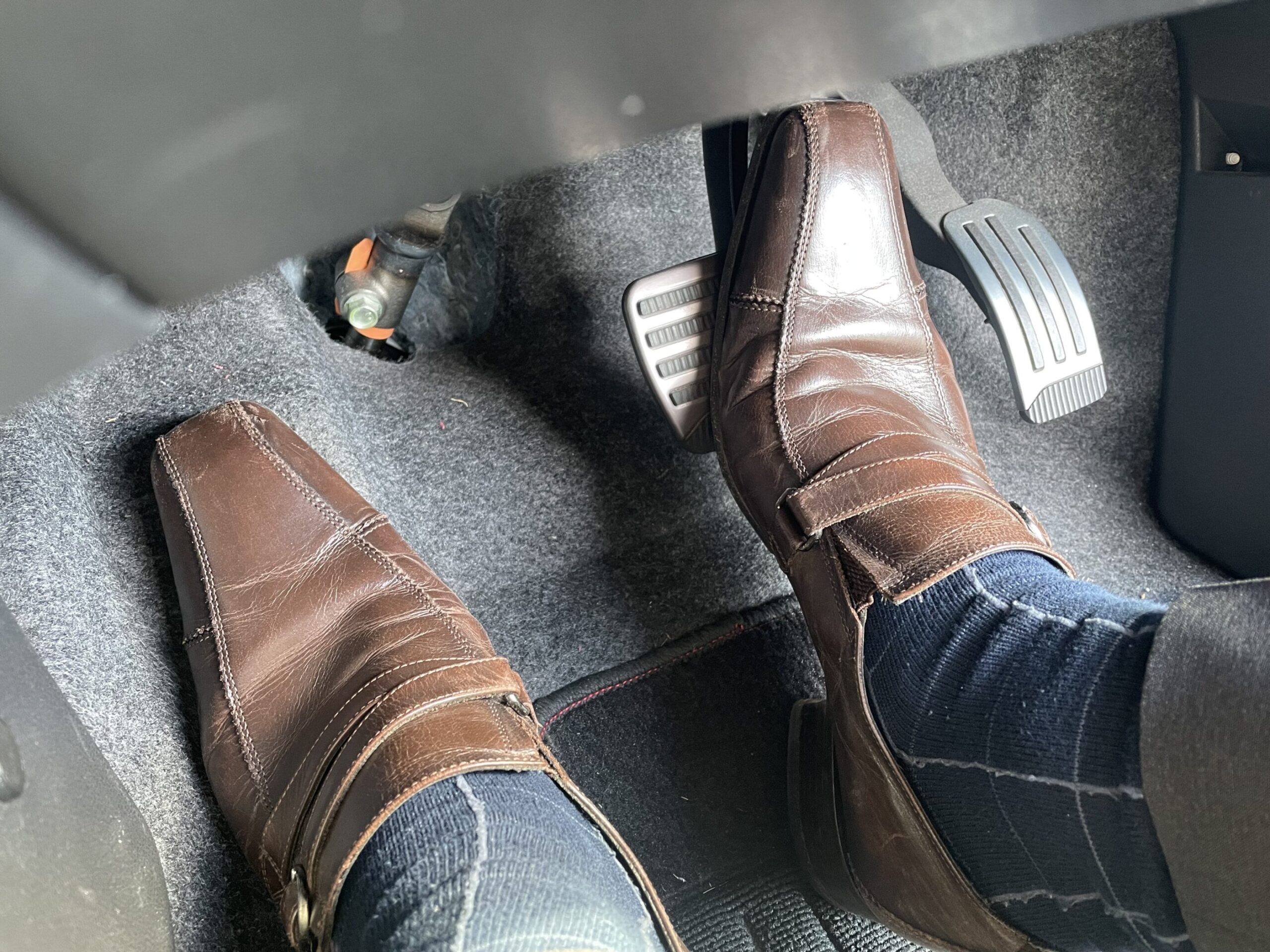
Brake Pedal
Brake Pedal
The pedal pressed by the driver, serving as the input device to activate the brake system. Pressing the brake pedal generates braking force.
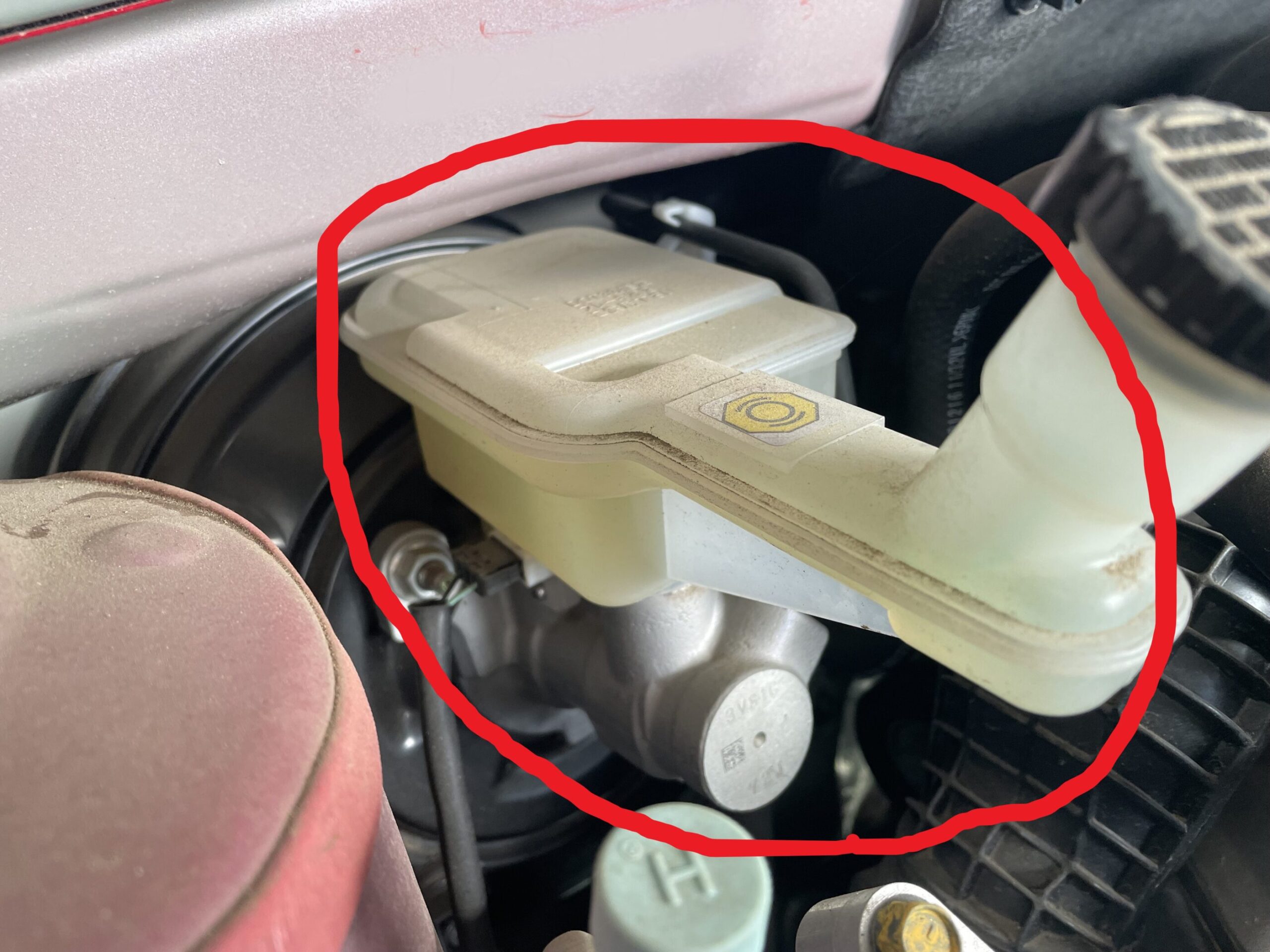
Master Cylinder
Master Cylinder
Converts brake fluid pressure and transmits it to each brake caliper or cylinder. Pressing the brake pedal generates pressure in the master cylinder.
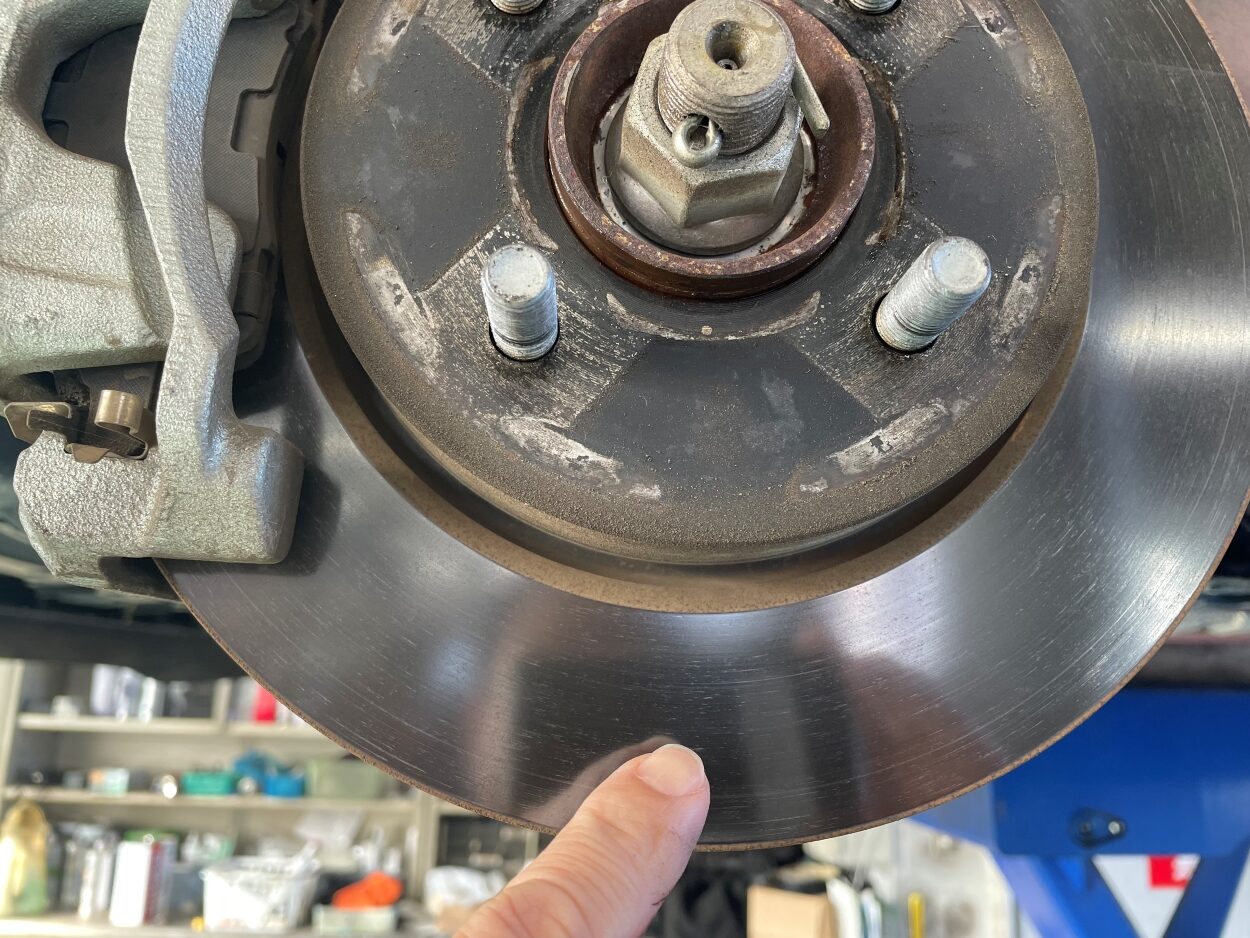
Brake Disc
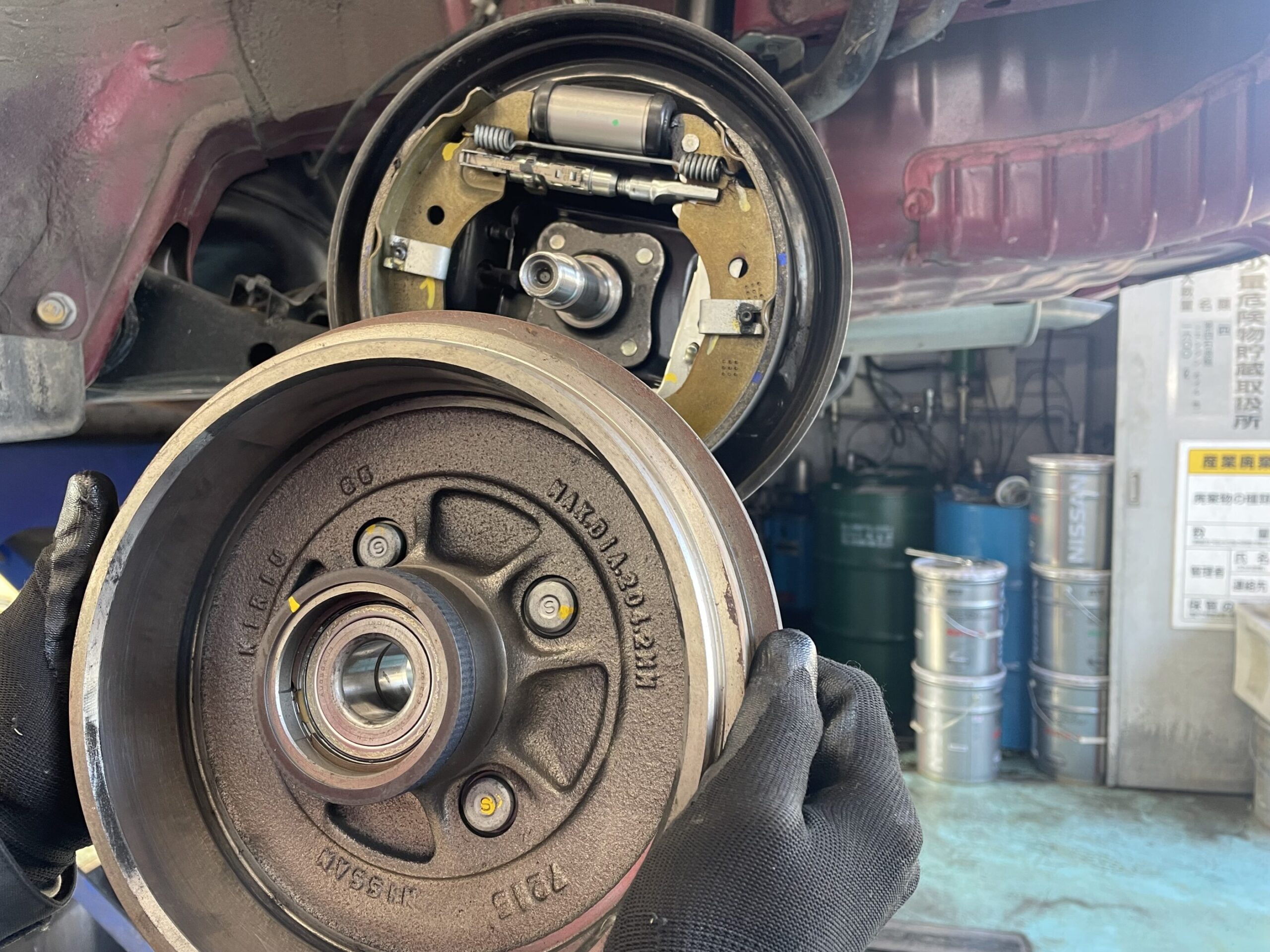
Brake Drum
Brake Disc or Drum
Creates friction to stop the wheel’s rotation. Disc brakes use a disc-shaped brake disc, while drum brakes use a drum-shaped brake drum. Brake pads or shoes, which are friction materials, are attached to the brake disc or drum to stop rotation.
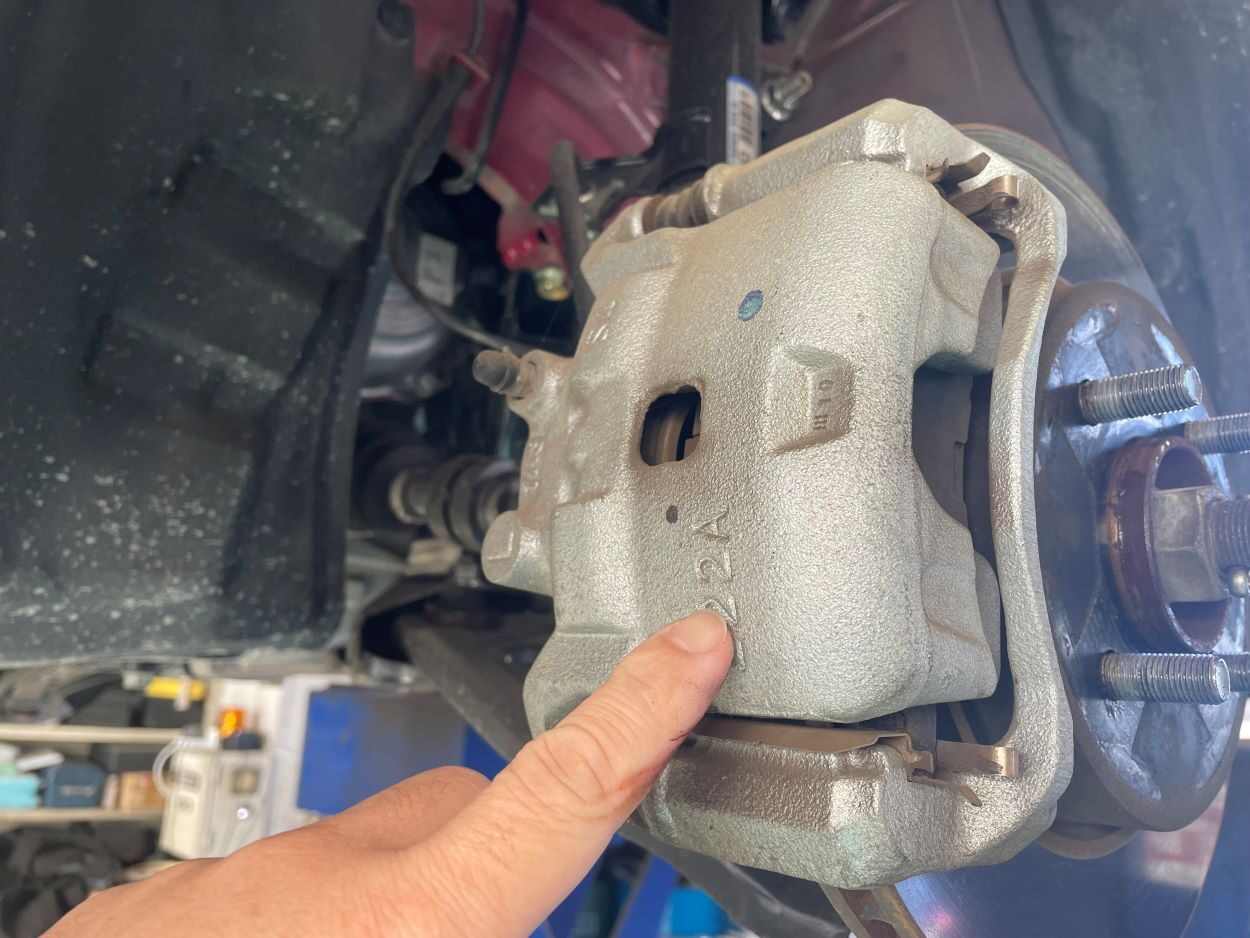
Brake Caliper
Brake Caliper or Cylinder
Applies pressure to the brake pads or shoes against the brake disc or drum. The pressure from the master cylinder is transmitted to the brake caliper or cylinder, creating friction and stopping the wheel’s rotation.
The Operating Principle of Brakes
The basic principle of brakes is based on friction. When the brake pedal is pressed, the master cylinder pressurises the brake fluid, and this pressure is transferred to the brake calipers or cylinders. Then, the brake pads or shoes press against the brake disc or drum, creating friction that slows down and eventually stops the wheel’s rotation.
This friction converts the kinetic energy of the moving vehicle into thermal energy, bringing the car to a halt. This process occurs very quickly, and a properly functioning brake system prevents accidents and supports safe driving.
By understanding the basic principles of brakes, drivers can operate the brake system correctly during driving, ensuring safety. Next, we will explain the types of brakes and how to choose the right one.
Types of Brakes
There are different types of brake systems, and choosing the right brakes for your car is crucial. We will discuss options such as disc brakes, drum brakes, and ABS, providing points to consider for which brakes are suitable for Sydney’s road conditions. Learn how to select brakes that balance safety and driving comfort.
Disc Brakes
Disc brakes use a disc-shaped brake disc attached to the wheel. The brake caliper applies pressure to the disc, stopping the wheel’s rotation through friction. Disc brakes generally provide high braking power and rapid stopping, suitable for urban traffic in Sydney.
Drum Brakes
Drum brakes use friction material called brake shoes inside a brake drum. The brake shoes press against the inside of the drum, stopping the wheel. Drum brakes are typically lower cost and relatively easy to maintain but may offer less braking power than disc brakes.
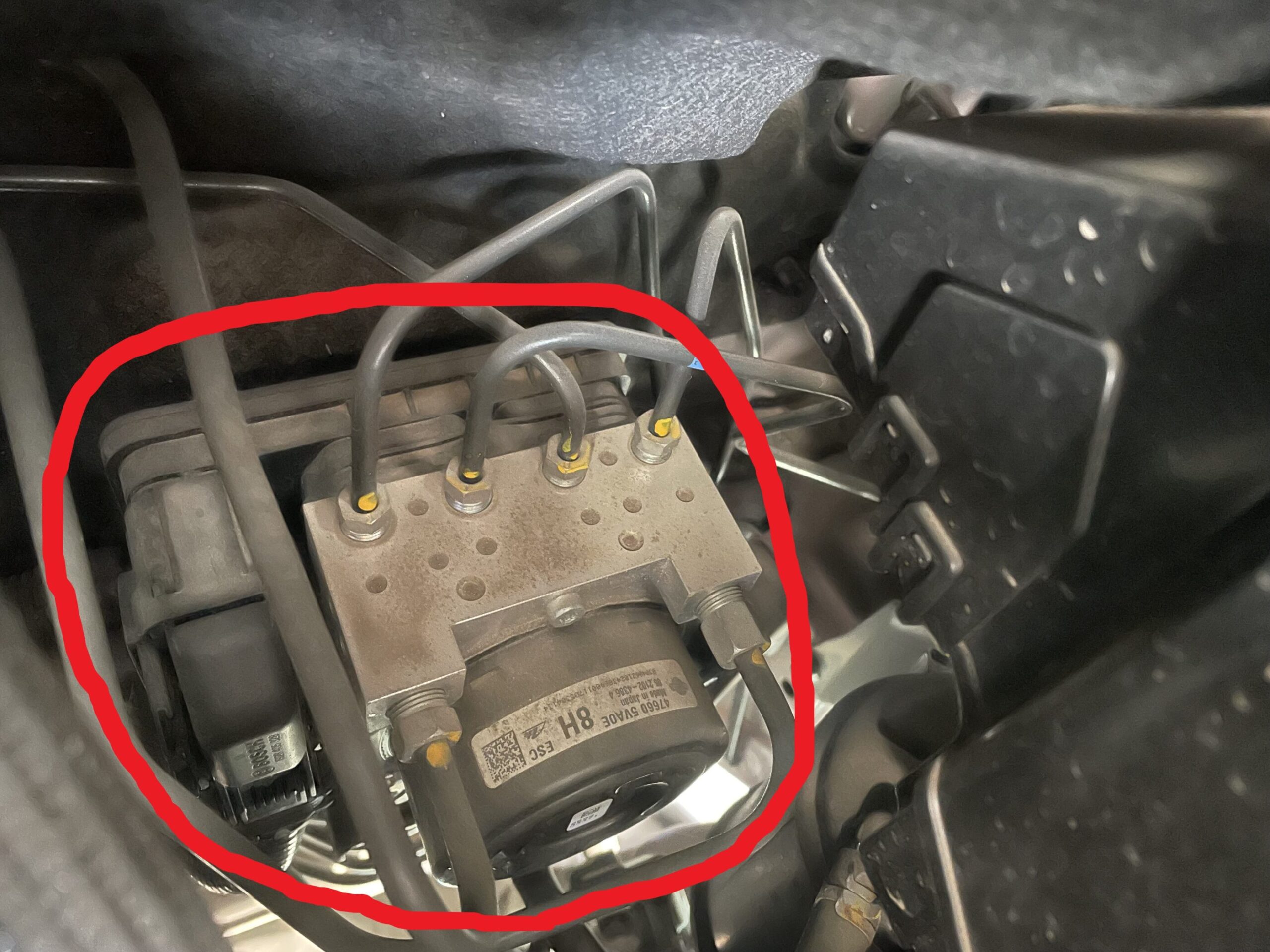
ABS (Anti-lock Braking System)
ABS (Anti-lock Braking System)
ABS stands for Anti-lock Braking System, which prevents the wheels from locking up during braking. This maintains braking effectiveness while preventing the extension of stopping distance caused by wheel lock-up. ABS is a crucial element for enhancing safety, suitable for various road conditions in Sydney. Most cars are now equipped with ABS, but it is still essential to check.
Brake Maintenance and Considerations
Maintaining your brakes is vital for vehicle safety. This section will cover methods and considerations for maintaining the integrity of the brake system, such as when to replace brake pads and how often to change brake fluid. Keep up with proper maintenance to ensure the brakes function correctly.
Brake Maintenance
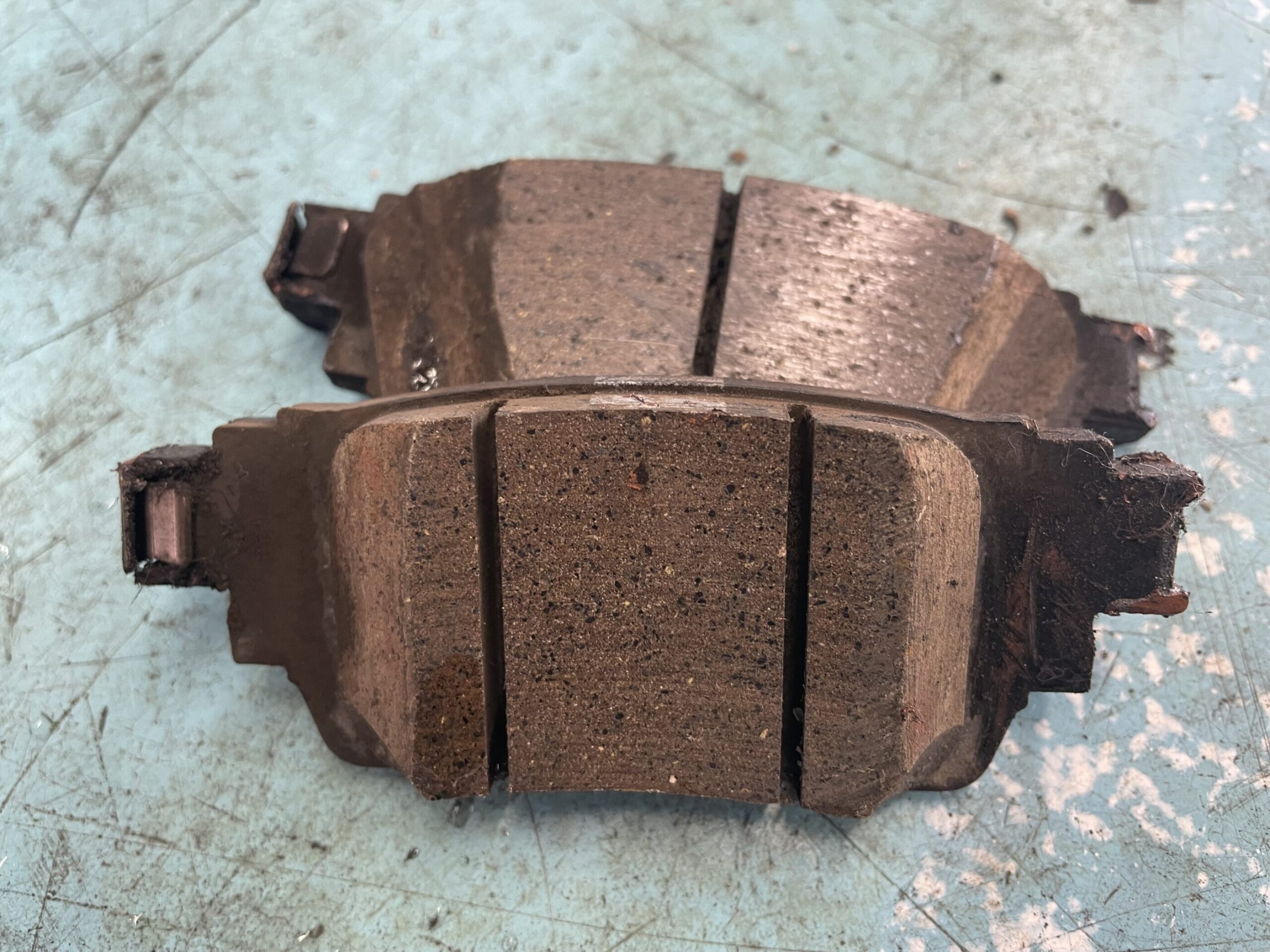
Brake Pads
Replacing Brake Pads
Brake pads are friction materials that press against the brake disc to stop the wheel’s rotation. They wear over time and require regular inspection. The lifespan of brake pads can vary between 20,000 to 40,000 kilometers depending on driving style and road conditions. Worn pads can extend stopping distance and decrease brake performance. Check and replace brake pads as necessary.
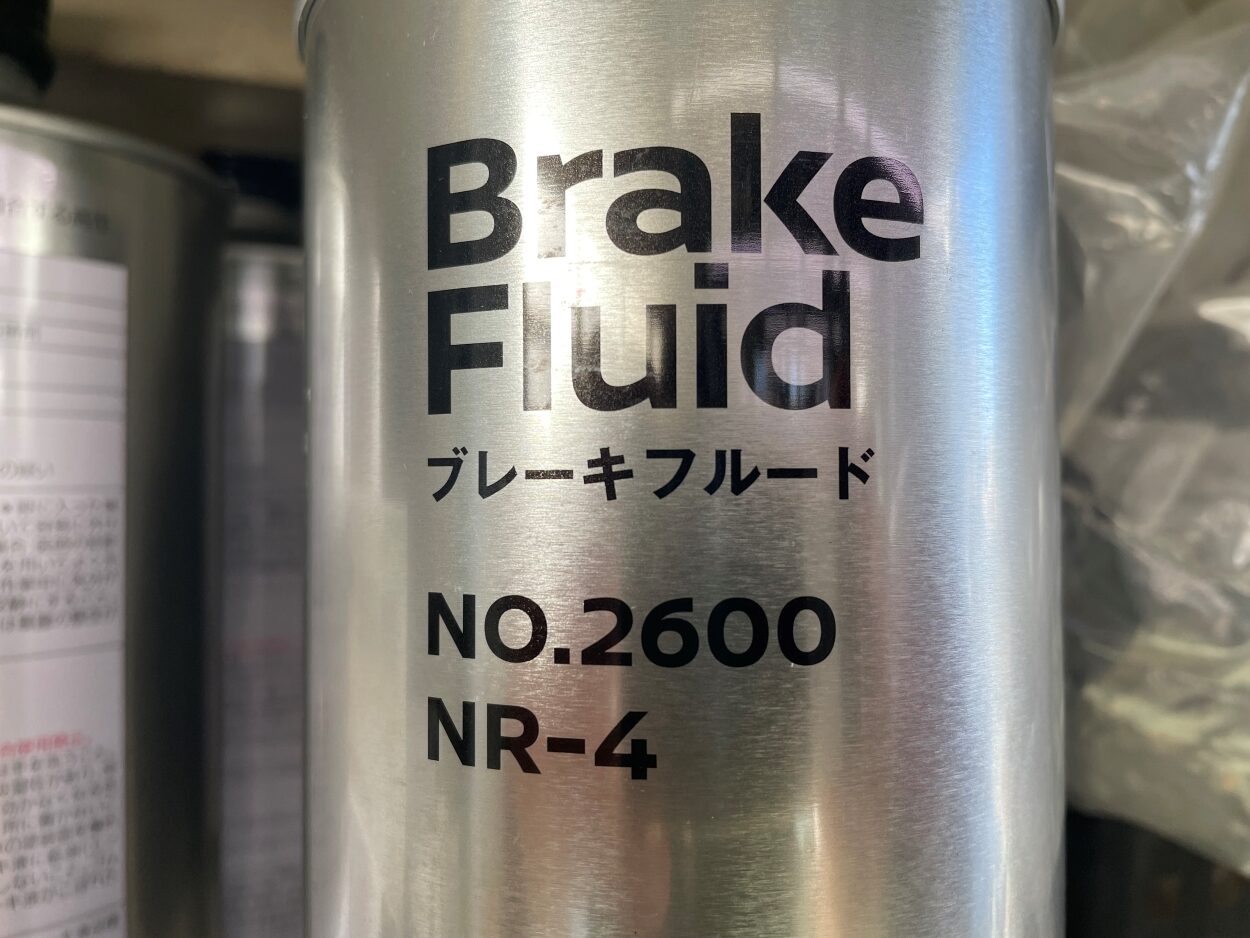
Brake Fluid
Changing Brake Fluid
Brake fluid transmits pressure within the brake system. Over time, brake fluid can absorb moisture, transitioning from an oily to a watery state, which can degrade braking performance. It’s recommended to change the brake fluid every two to three years. Also, regularly check the fluid level and top up if necessary.
Brake Considerations
Unusual Brake Noise
If you hear unusual noises or feel vibrations when braking, it may indicate a problem with the brake system. Possible causes include worn brake pads, damage to the brake disc, or a seized brake caliper. It’s important to have any abnormalities inspected by a professional.
Brake Fluid Leakage
Leaking brake fluid can lead to reduced pressure in the brake system, weakening the braking force. If you notice brake fluid leakage, it’s crucial to have the issue repaired immediately. Leaks can occur due to damage to brake lines, the master cylinder, or brake hoses.
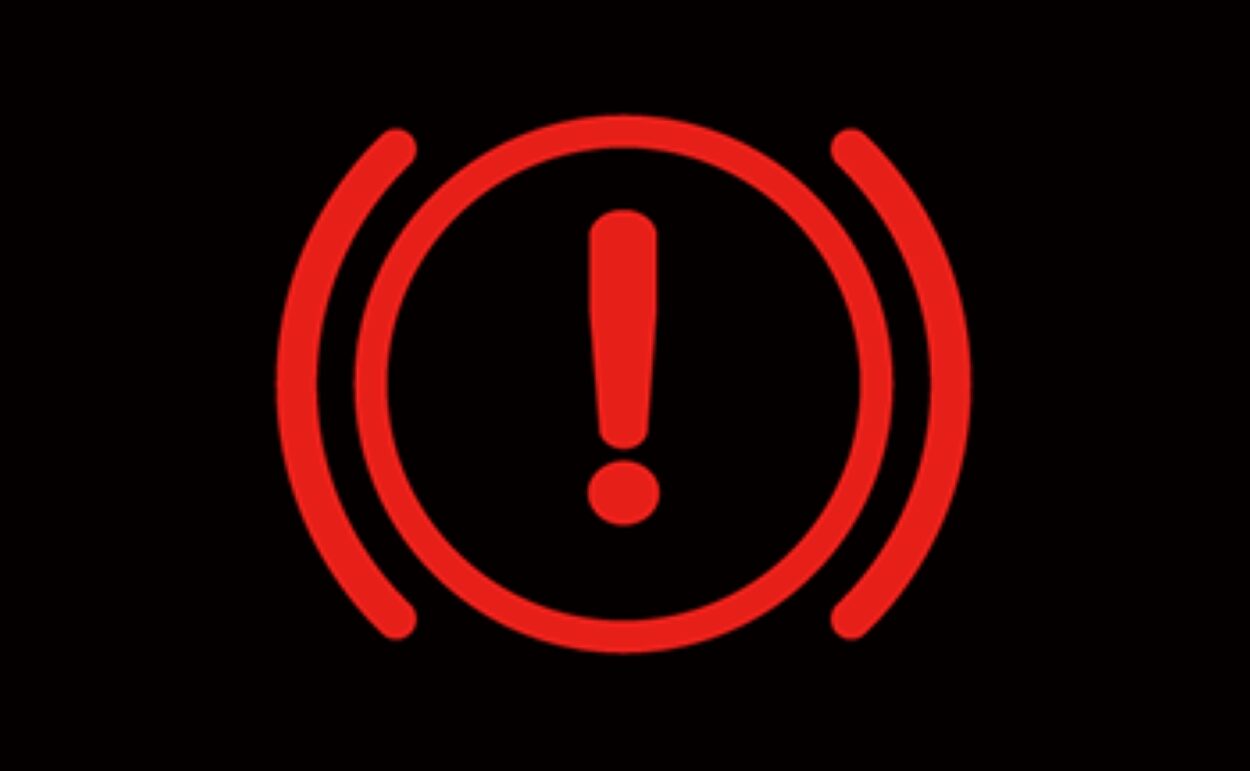
brake warning light
Illumination of the Brake Warning Light
If the brake warning light on your car’s dashboard is illuminated, it indicates a problem with the brake system. Seek professional inspection immediately. Continuing to drive with the brake warning light on can be dangerous.
By adhering to these brake maintenance and considerations, you can maintain safe driving even after purchasing a used car. Next, we will detail the brake check points when buying a used car.
Brake Check Points When Buying a Used Car
When purchasing a used car, checking the condition of the brake system is crucial. If the brakes are not in good condition, driving safety can be compromised. Below, we detail the brake check points to consider when buying a used car.
Check the Thickness of the Brake Pads: Brake pads can wear down, and excessively worn pads reduce braking power. Check the thickness of the brake pads on the used car and estimate their remaining life. If the thickness is not adequate, the brake pads need to be replaced.
Inspect the Condition of the Brake Discs: If there are scratches or cracks on the brake discs, braking performance can be affected. Visually inspect the discs’ surface for any abnormalities. Faulty discs may need to be repaired or replaced.
Check the Level and Color of the Brake Fluid: Ensure the brake fluid level is appropriate and the fluid is clear and clean. Cloudy or discolored brake fluid may need to be replaced. Also, check for any fluid leaks.
Inspect the Brake Hoses and Lines: Brake hoses and lines transmit brake fluid pressure. Check these components for cracks or leaks, and if damage is found, repairs are necessary. Pay particular attention to any cracks or bulges in the brake hoses.
Check the Brake Warning Light: If the used car’s brake system has issues, the brake warning light may be illuminated. Before driving, ensure the brake warning light is not on. If it is, identify the cause and have it repaired.
By checking these points, you can assess the condition of the brake system and help ensure you select a safe used car. Armed with knowledge about brakes, you can confidently purchase a used car and safely navigate Sydney’s roads.
At Roundabout Australia, we conduct rigorous inspections, maintenance, and tests to ensure our vehicles are safe and reliable for our customers. You can verify this information online for peace of mind. Please check our website for confirmation.
Conclusion
Understanding the intricacies of your vehicle’s braking system is not just about enhancing your driving experience—it’s a fundamental aspect of ensuring your safety and that of others on the road. From the basic principles of how brakes work to the specifics of maintenance and the critical check points when purchasing a used car, we’ve covered essential information that every driver in Sydney should know.
Choosing the right type of brakes, whether disc, drum, or ABS, depends on your vehicle’s requirements and the driving conditions you’ll face. Regular maintenance, including checking brake pads, discs, fluid levels, and warning lights, cannot be overstated for its importance in preventing accidents and ensuring your car’s longevity.
When buying a used car, the condition of the braking system is a critical factor that should never be overlooked. By following the check points outlined in this guide, you can make an informed decision, ensuring the vehicle you purchase is safe and reliable.
At Roundabout Australia, we pride ourselves on our commitment to safety and reliability. Through meticulous inspections, maintenance, and testing, we guarantee that our vehicles meet the highest standards before they reach you, our valued customer. Remember, your safety on the road begins with the choices you make off it. Equip yourself with the knowledge and choose a vehicle that ensures peace of mind.
Thank you for taking the time to read our comprehensive guide on brakes. We hope this information empowers you to maintain your vehicle’s safety features and make informed decisions when purchasing a used car. Safe travels, and we look forward to serving you at Roundabout Australia.
Popular

- Japanese Used Car
- Blog
The Pitfalls of Purchasing Imported Japanese Used Cars
27 February 2024

- Blog
Your Complete Guide to Buying a Used Car in Australia: From Pre-Purchase Inspection to Post-Purchase Maintenance
01 October 2024
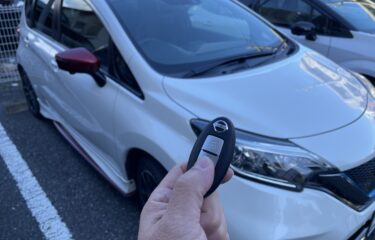
- Car Functions
- Blog
Smart Key Solutions: Battery Replacement and Troubleshooting
23 March 2024

